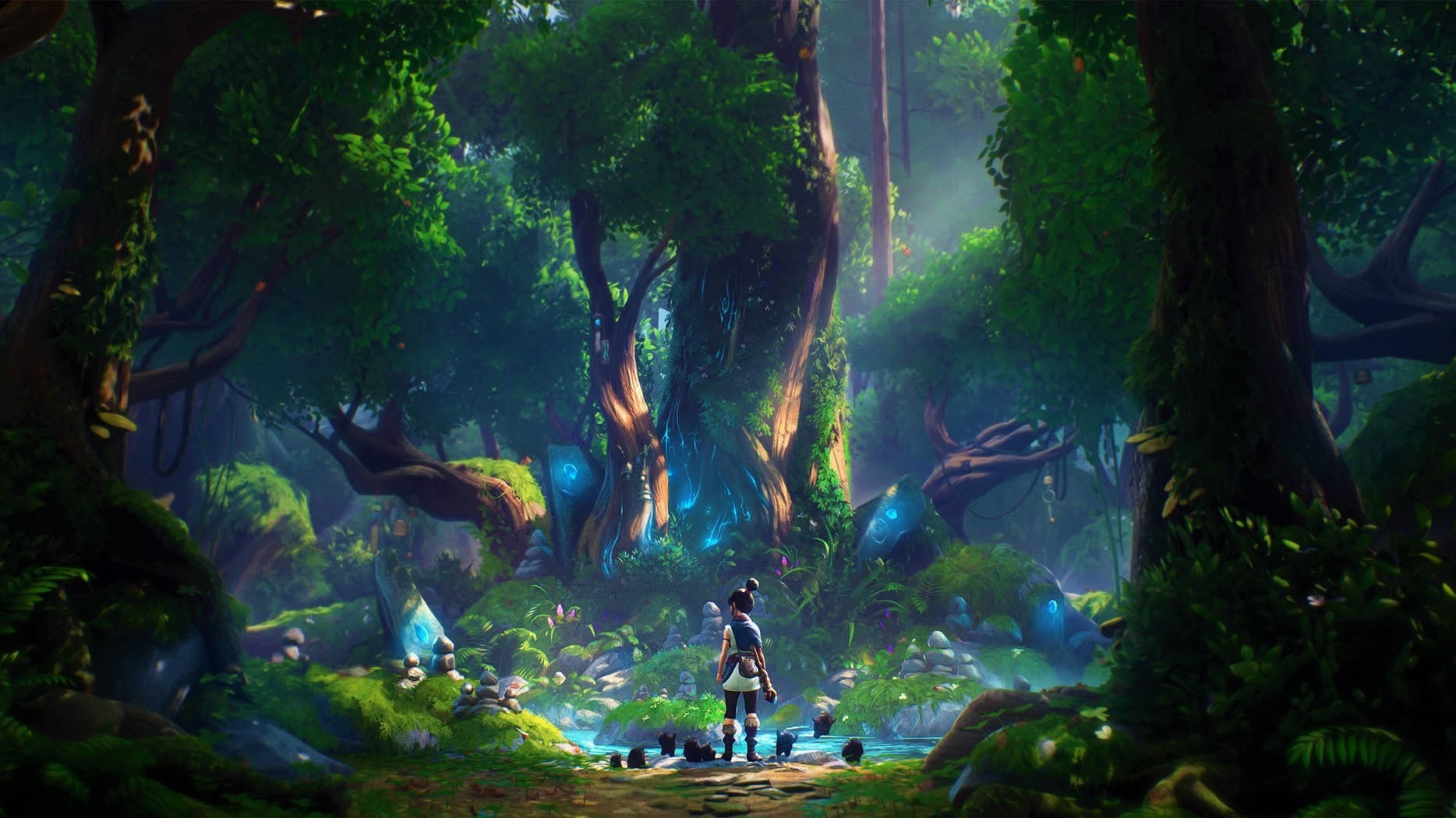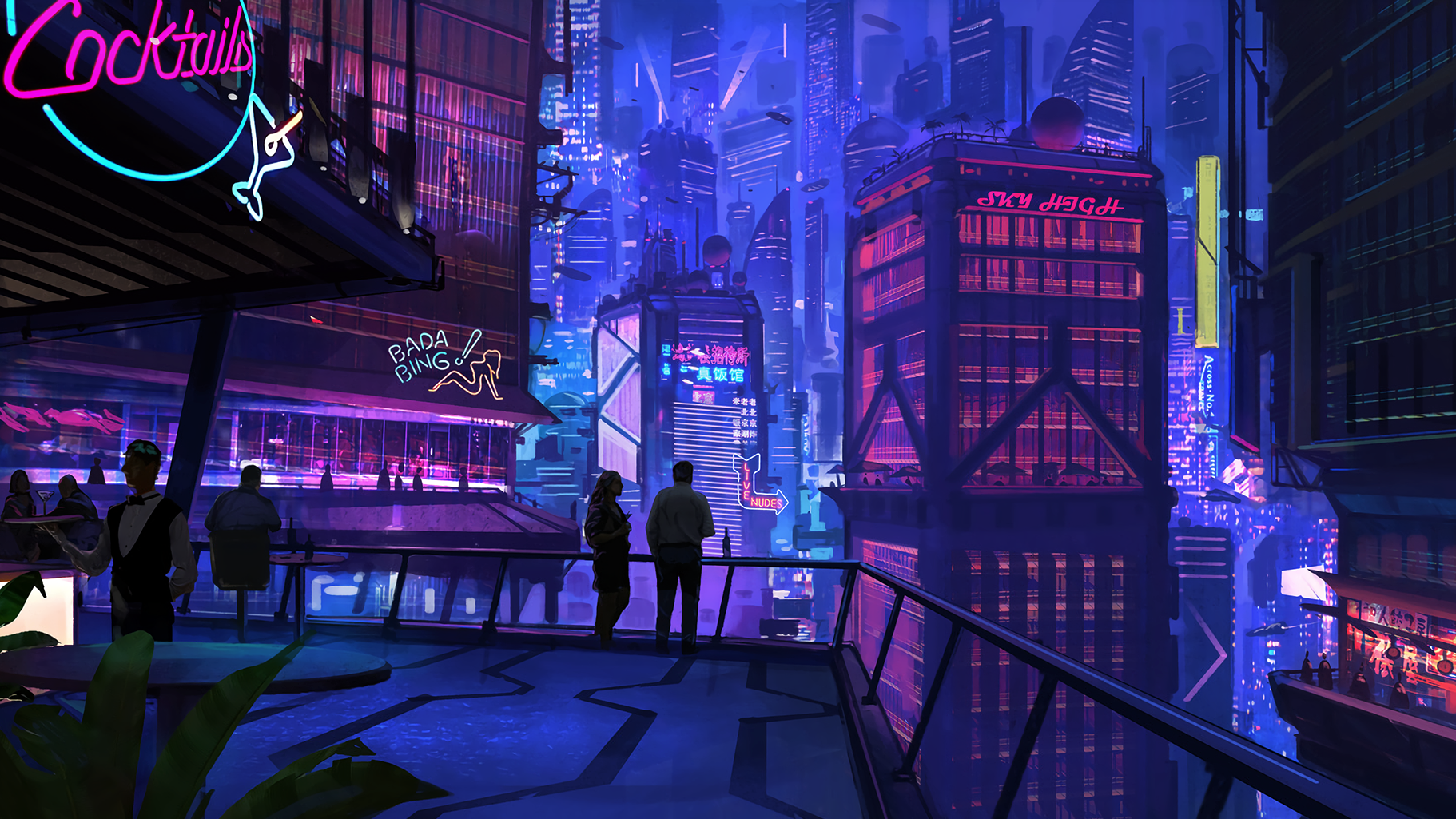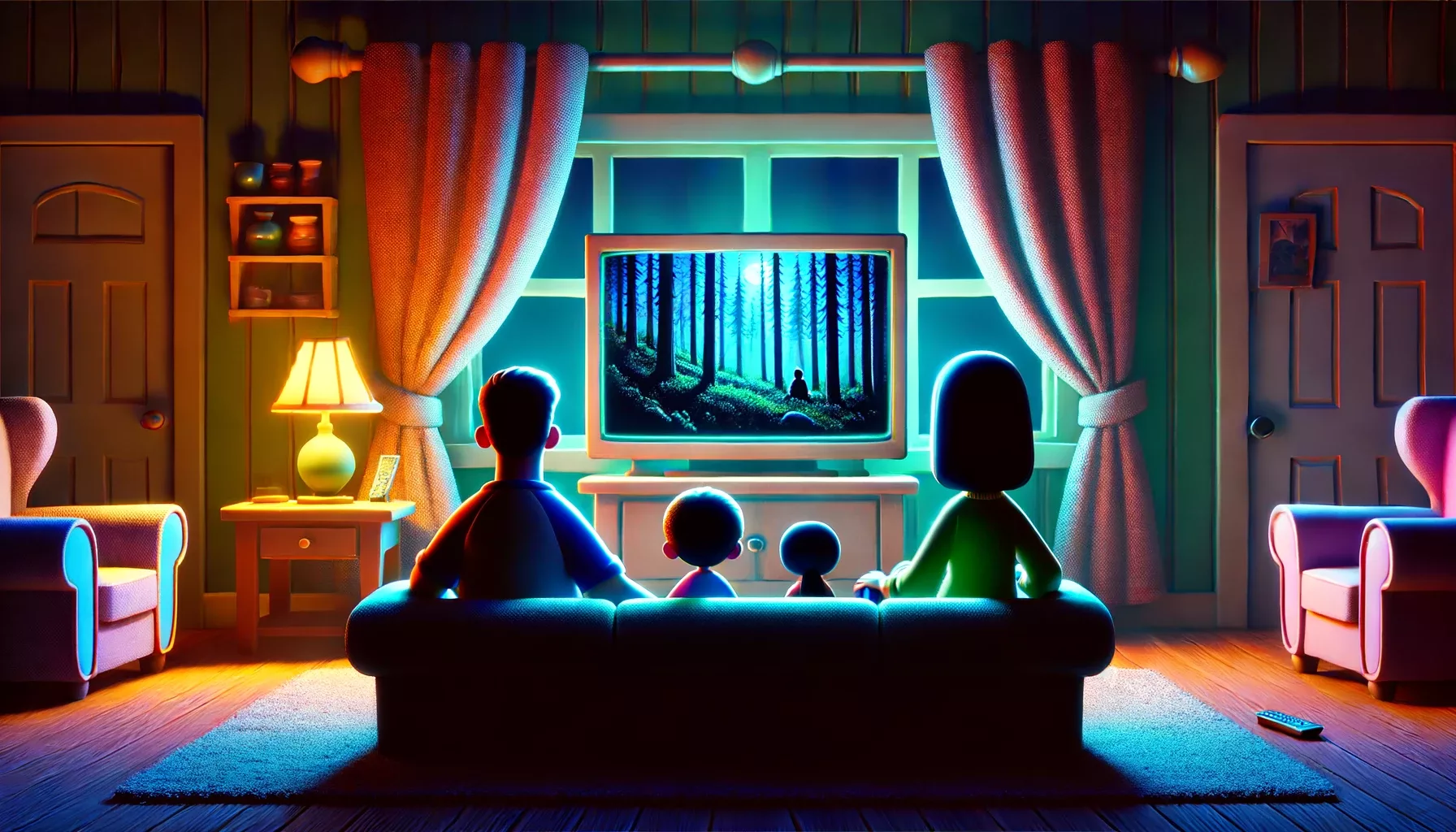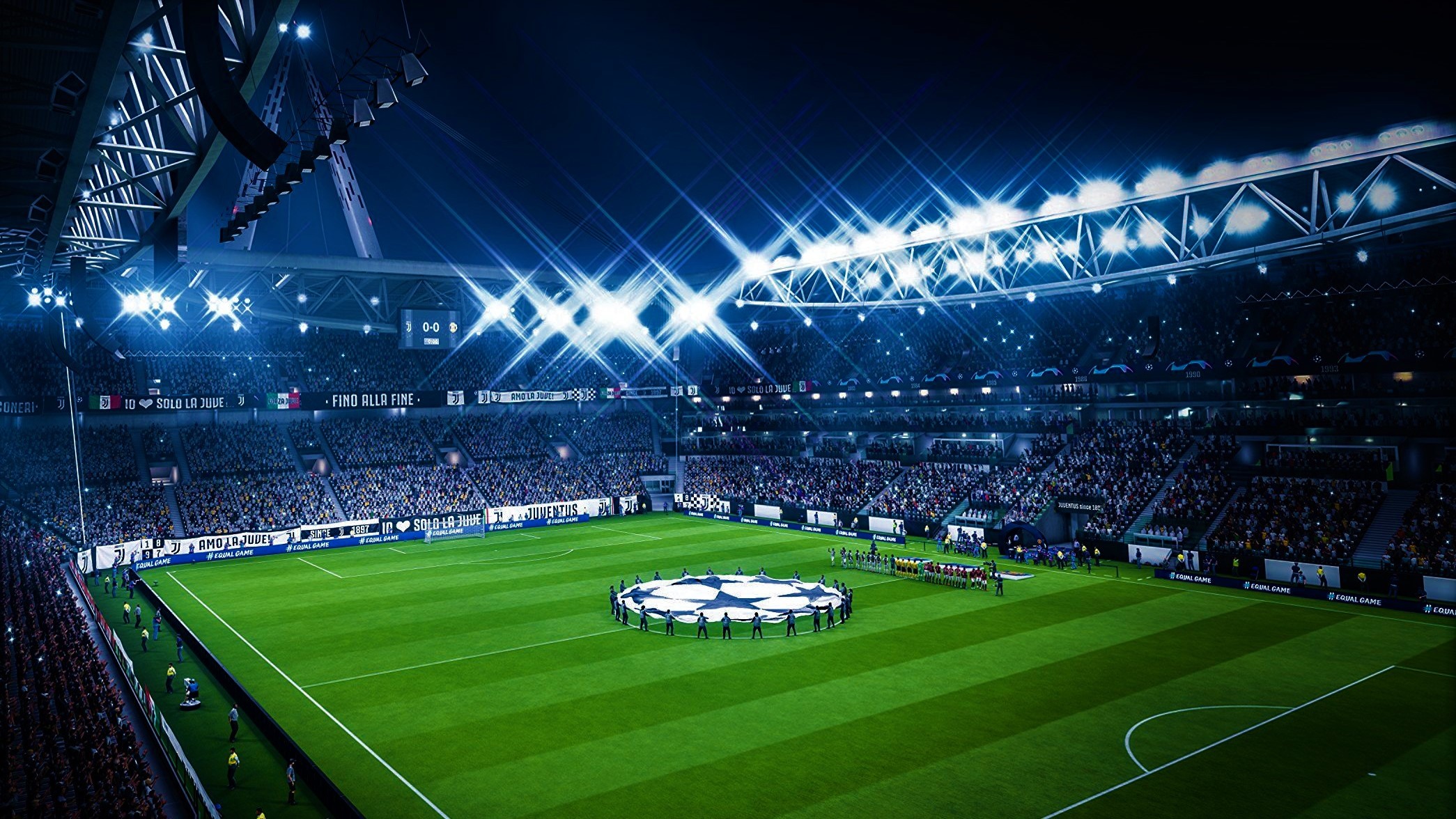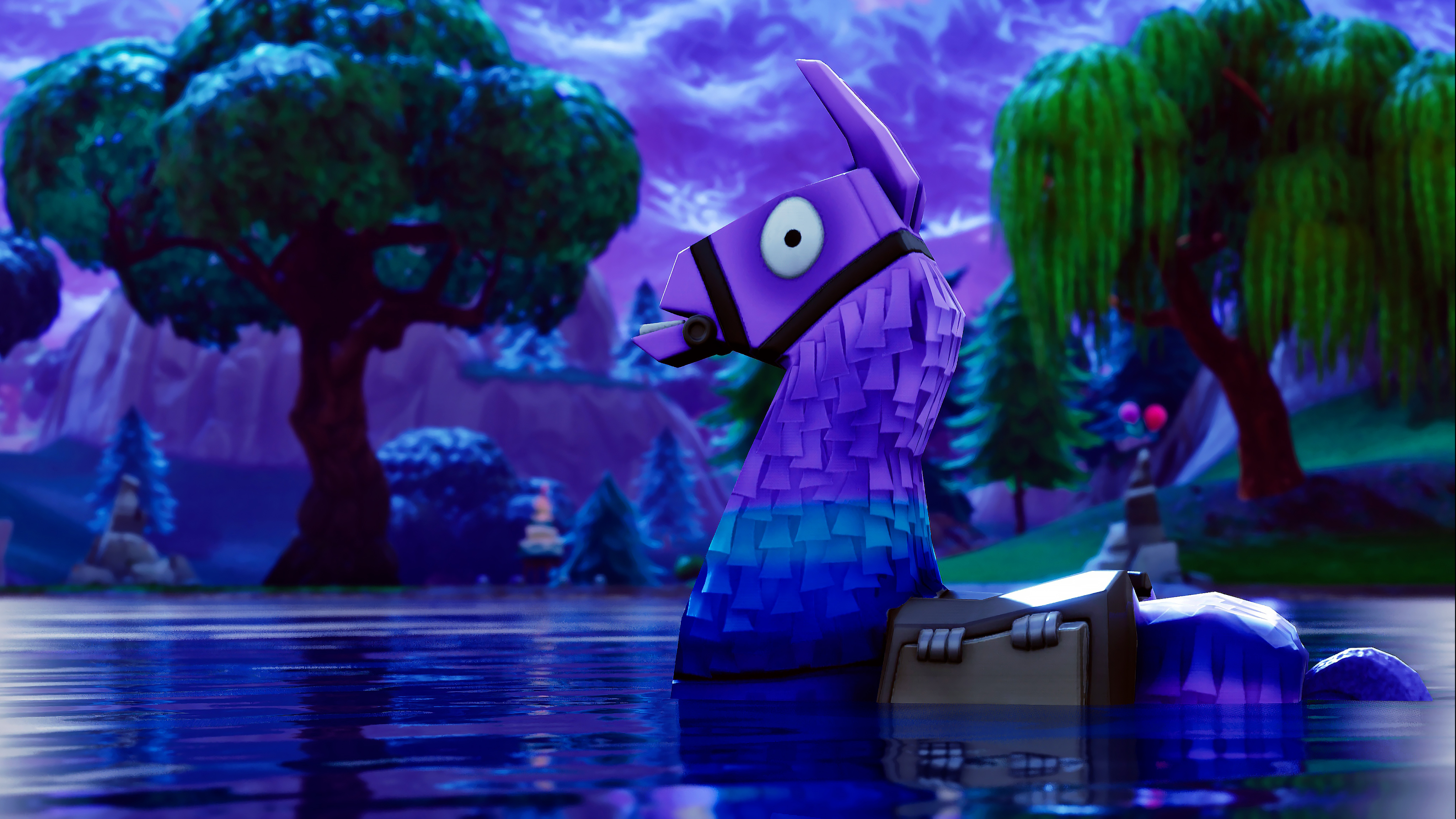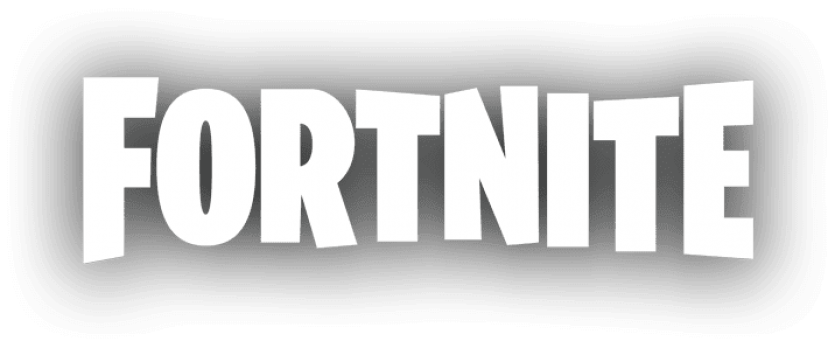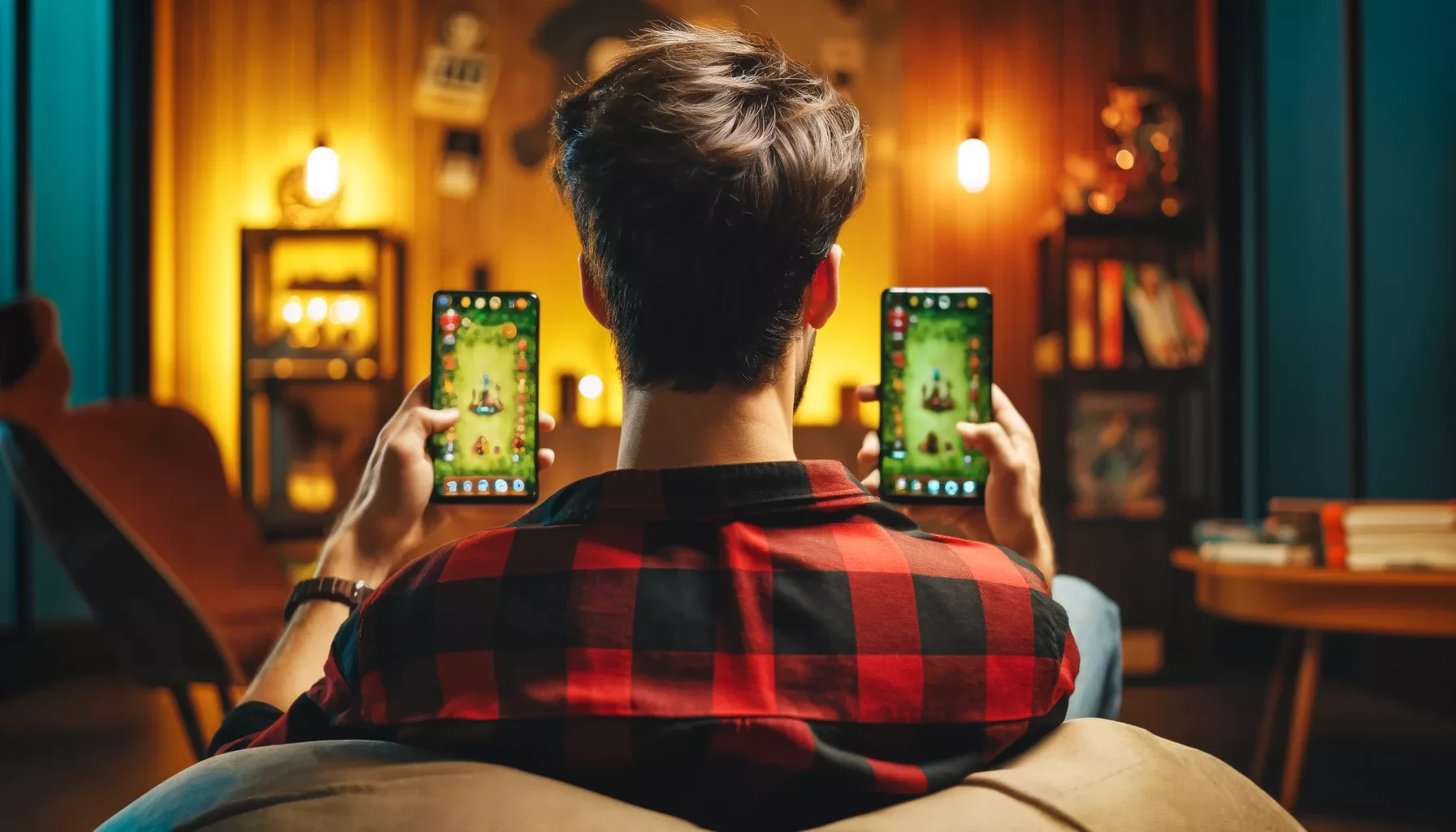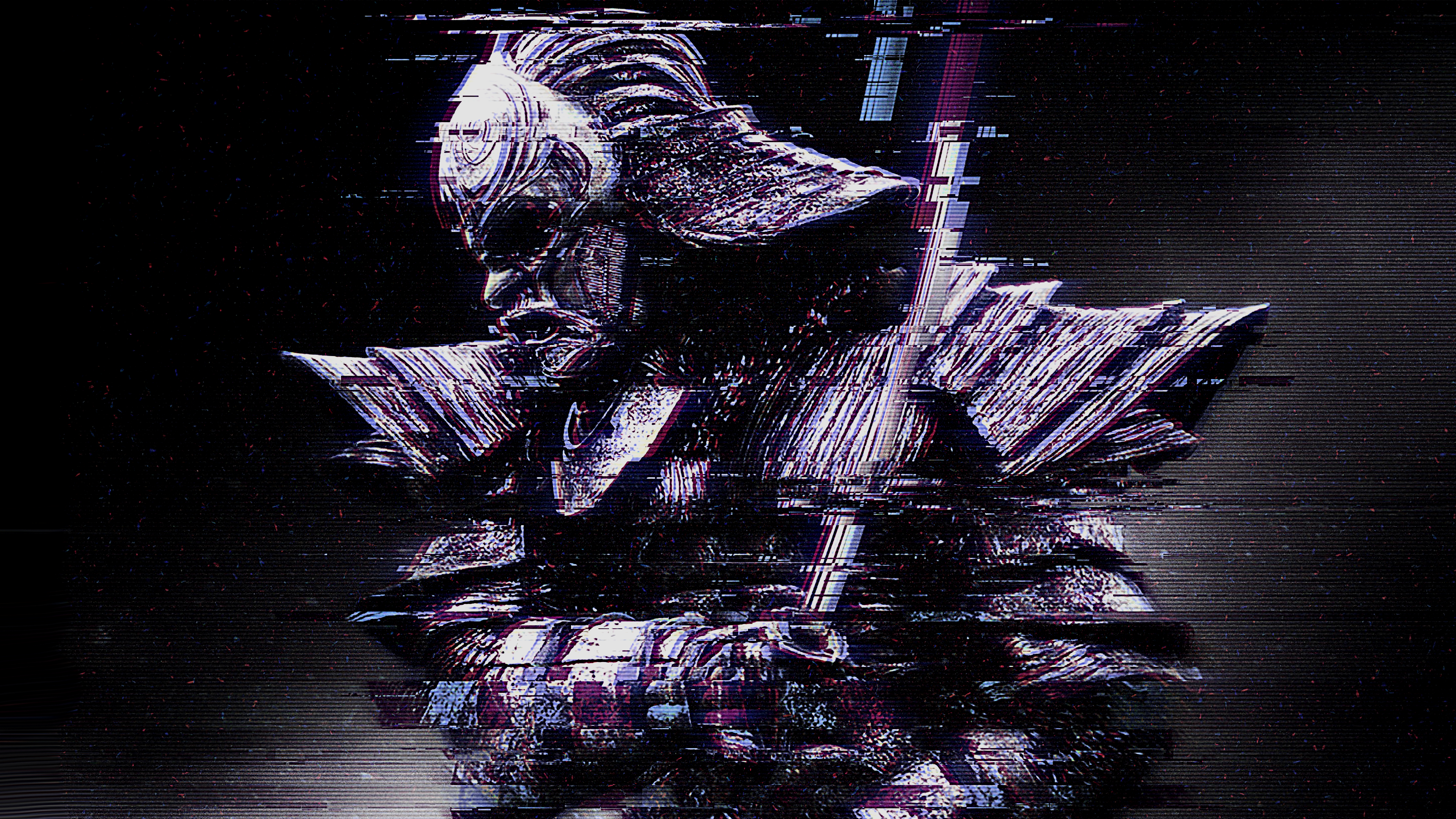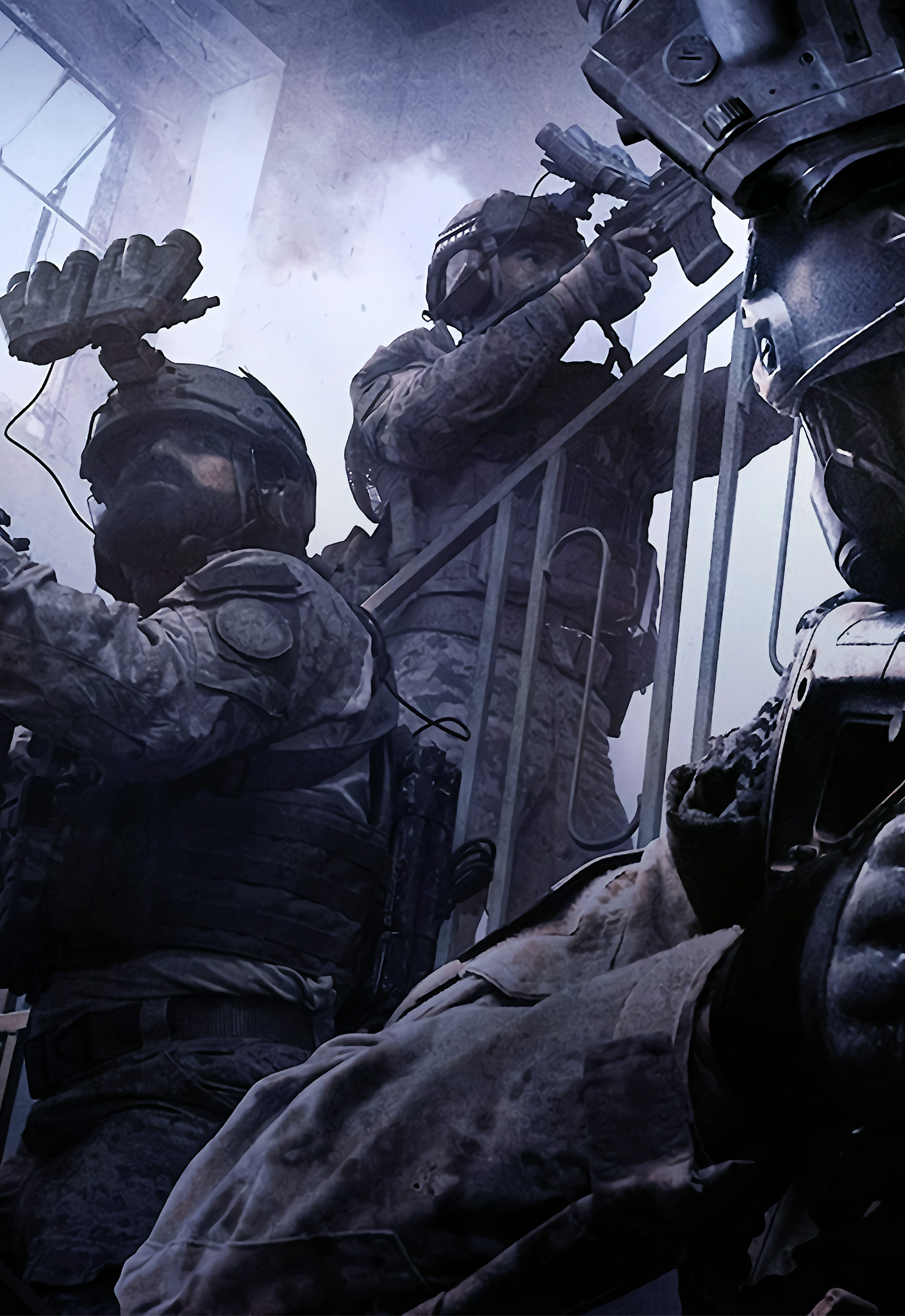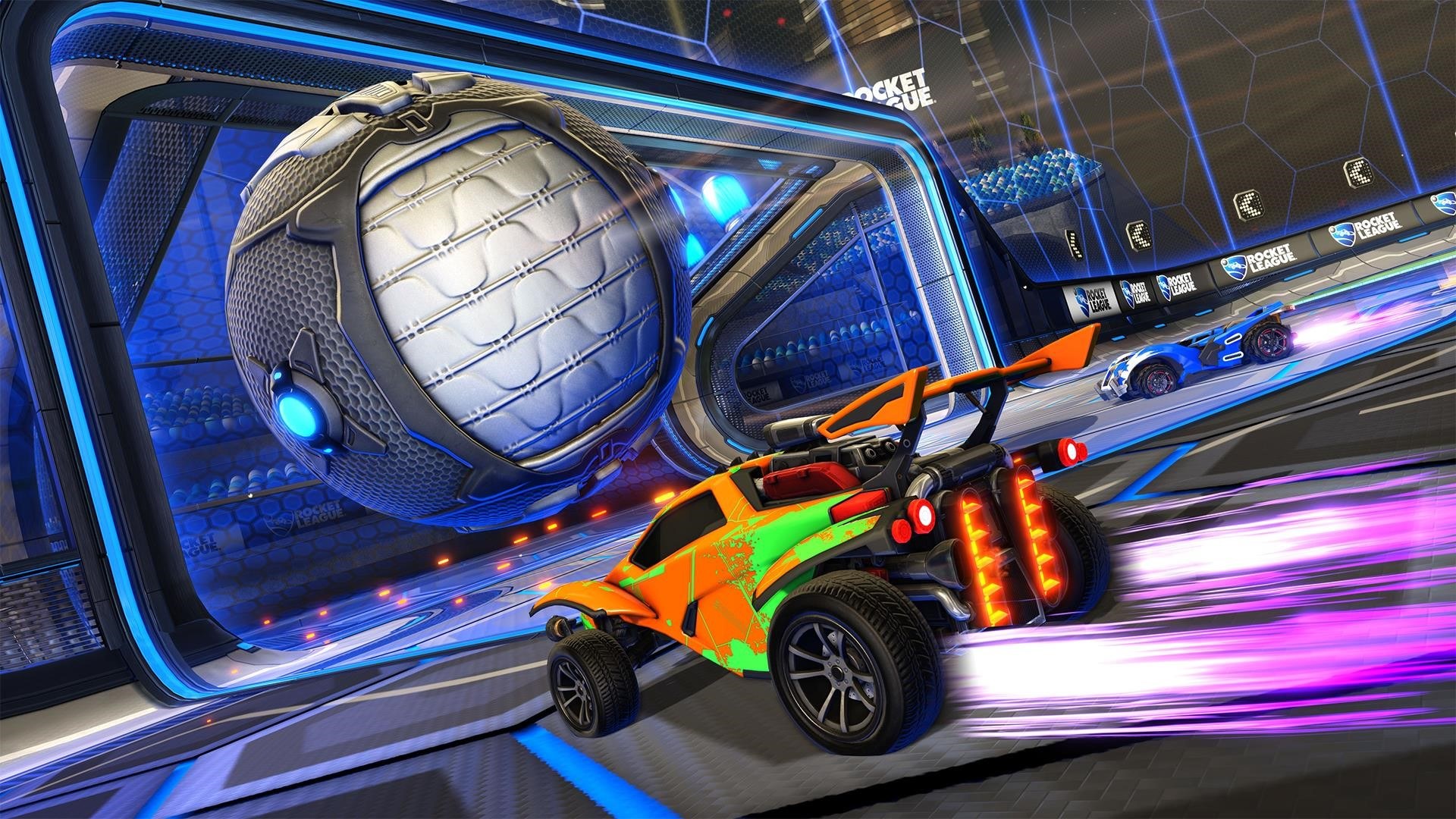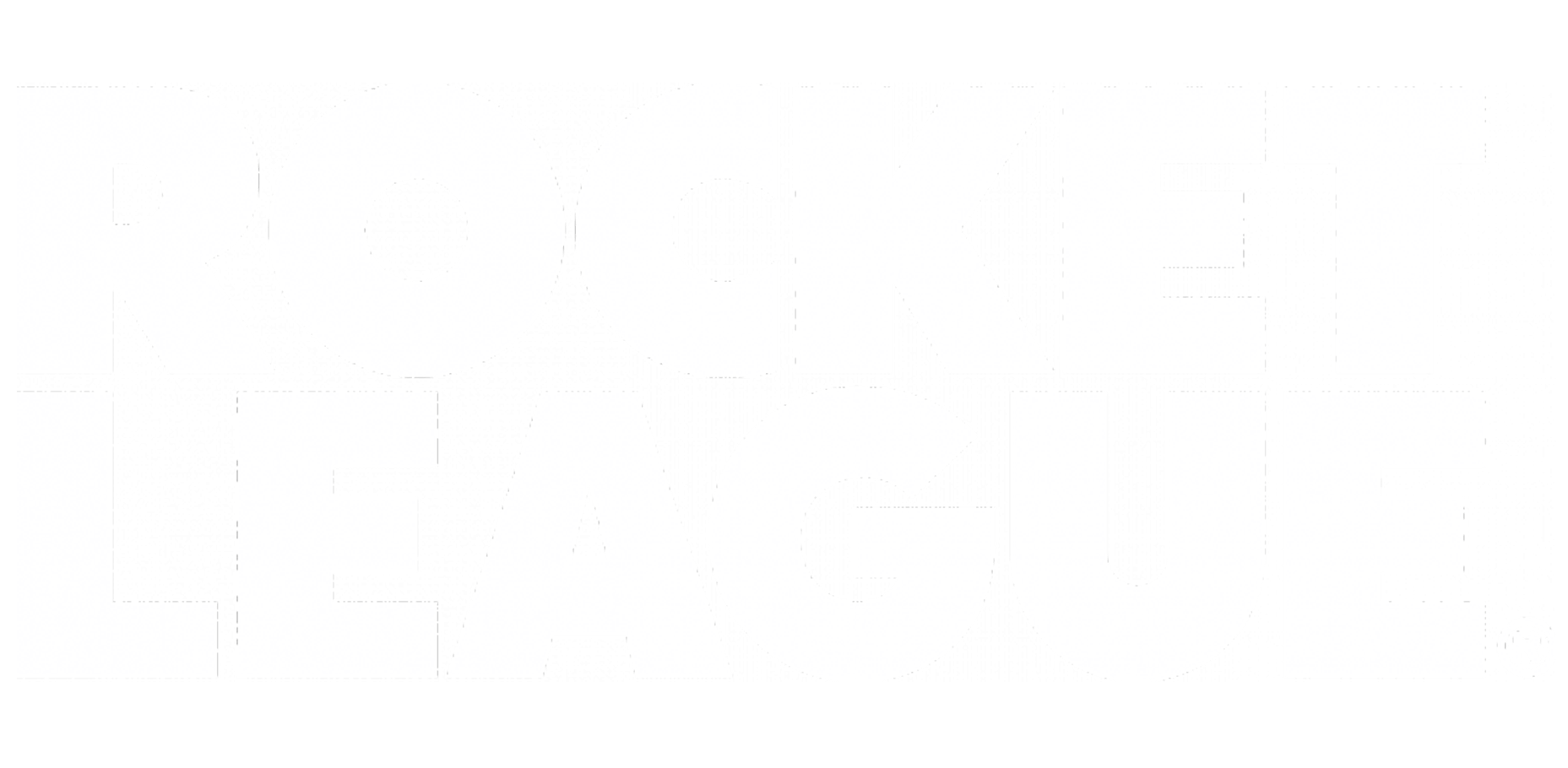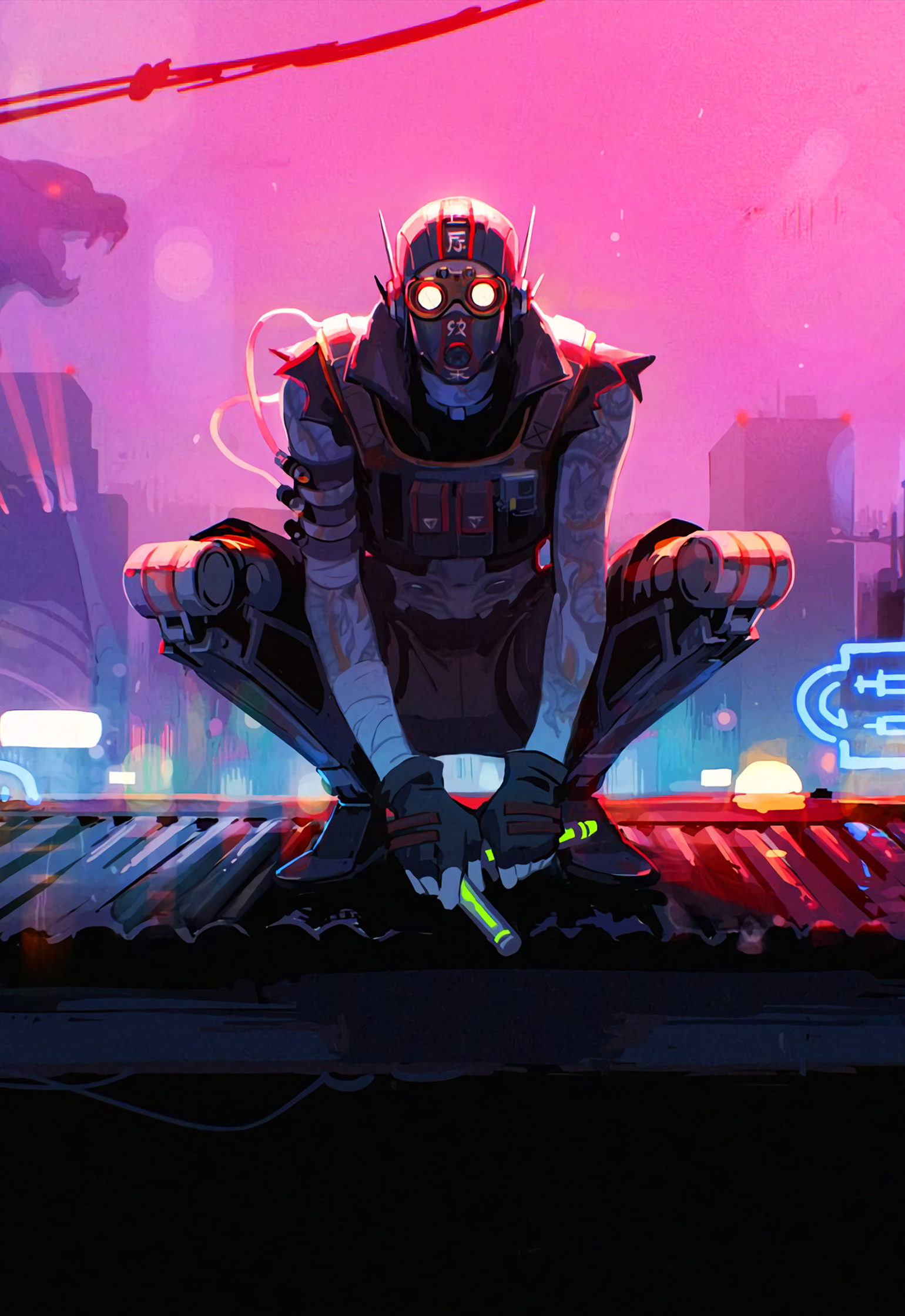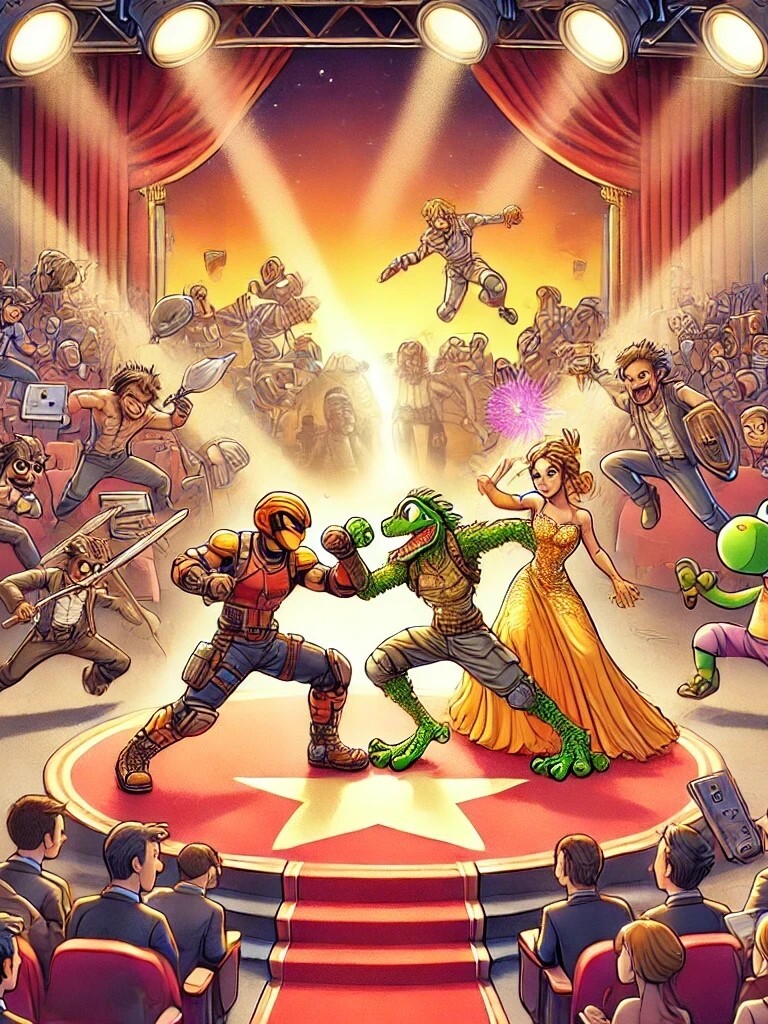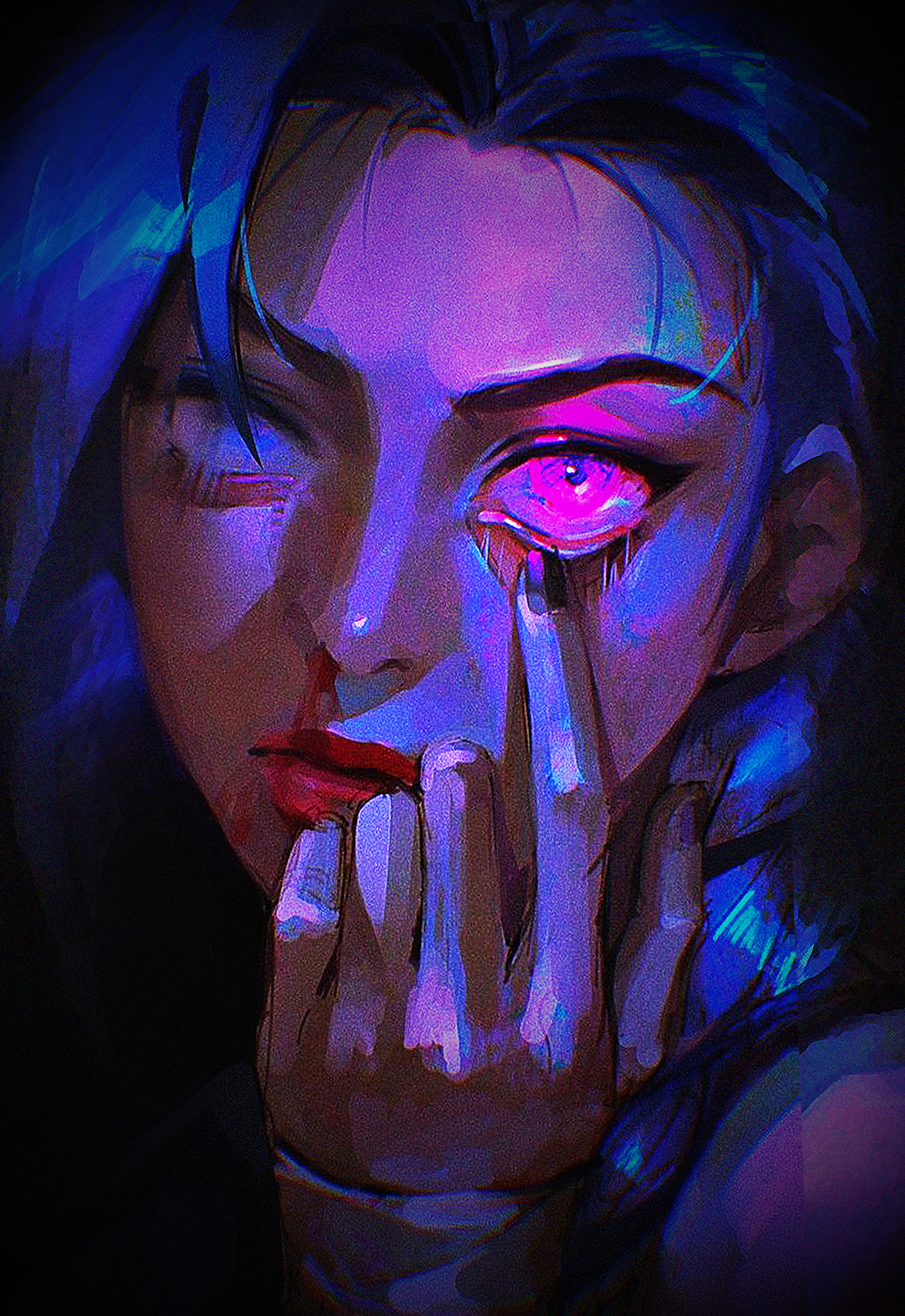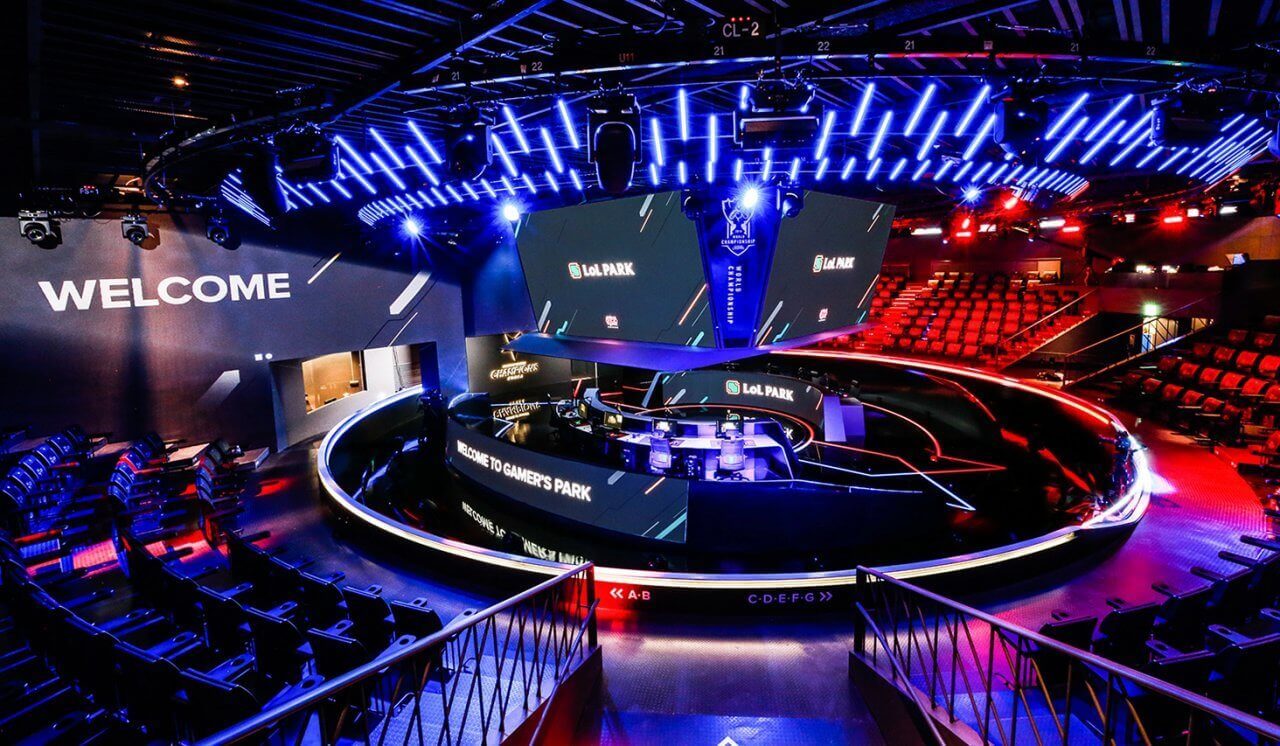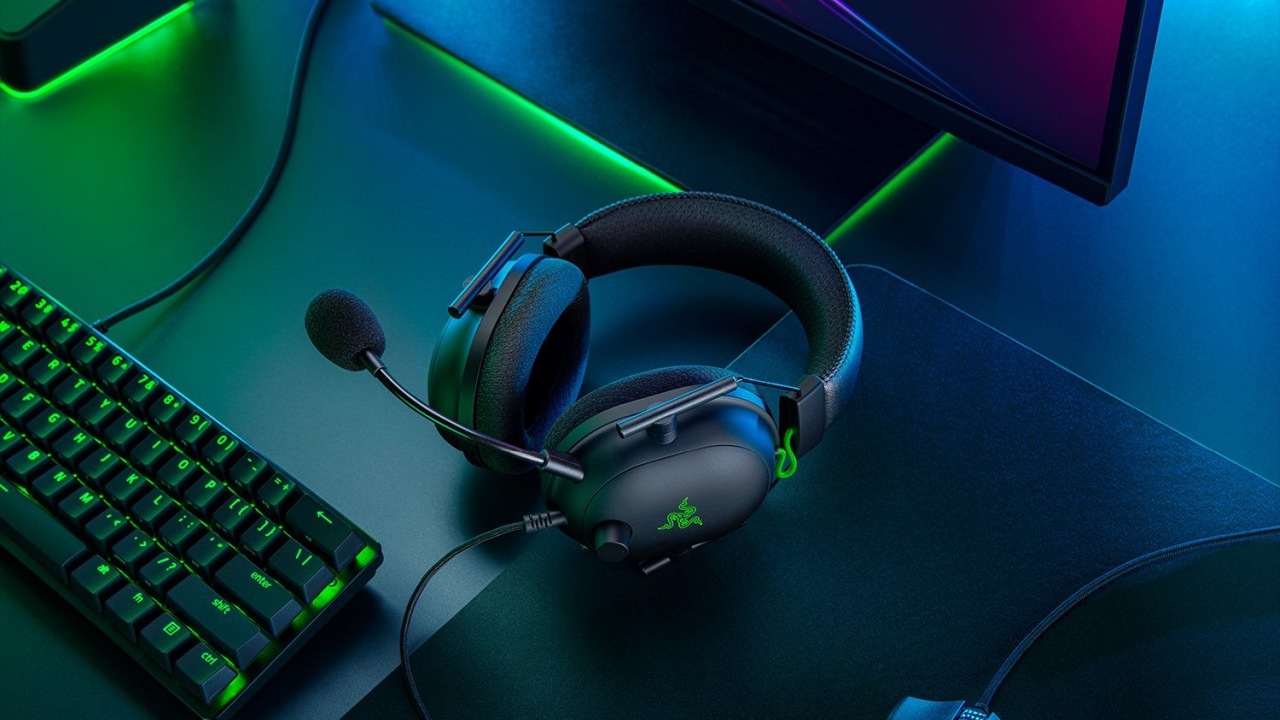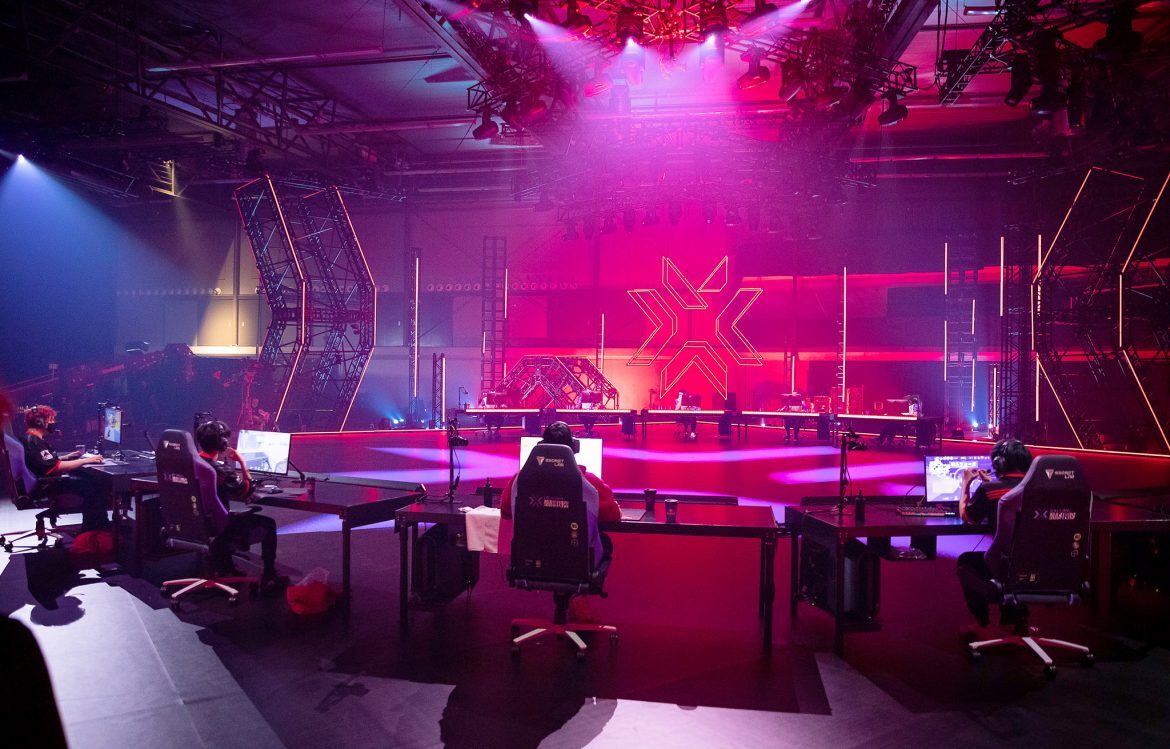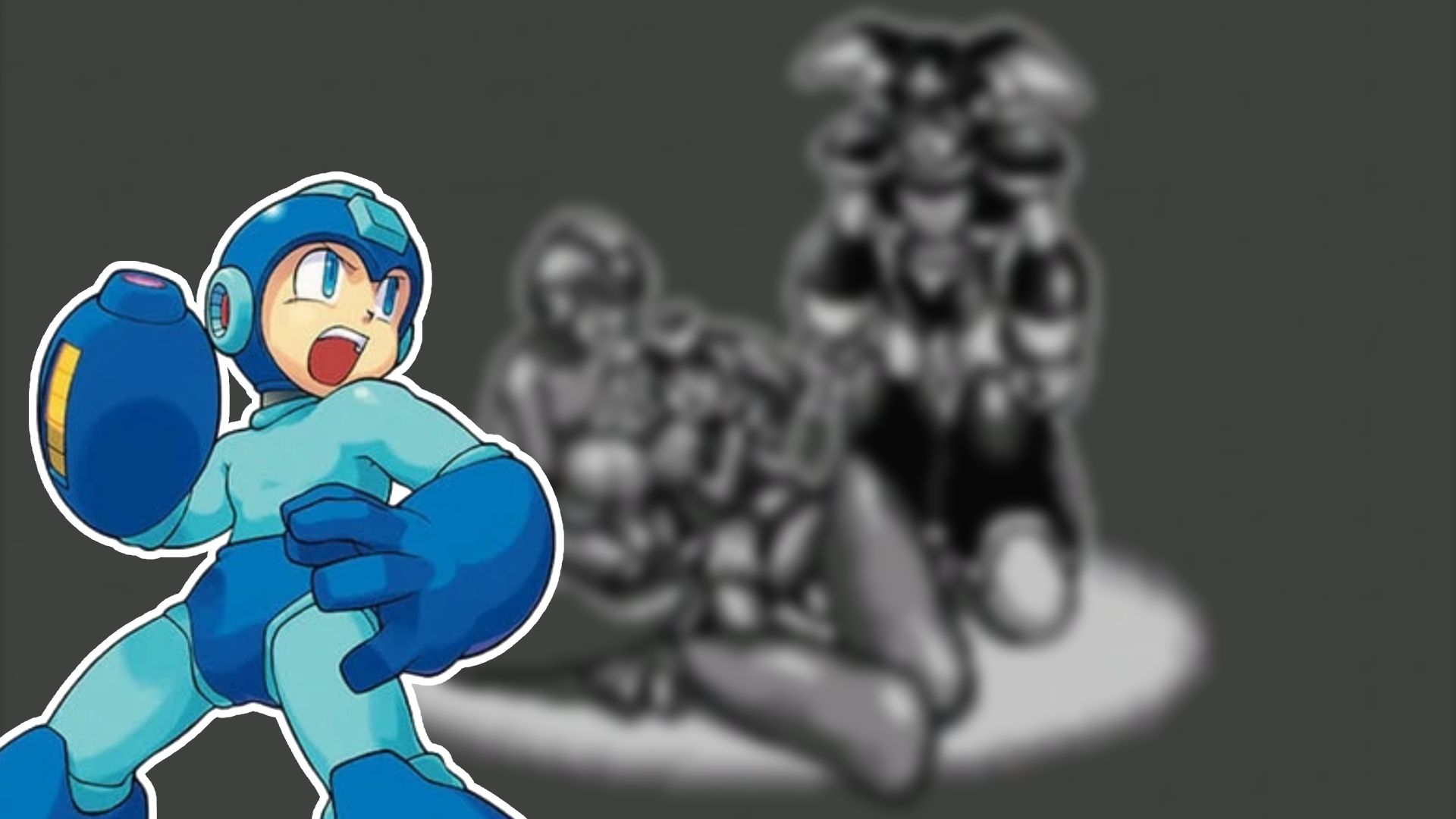One of the least beloved Mega Man games of all time managed to get an even less-beloved sequel
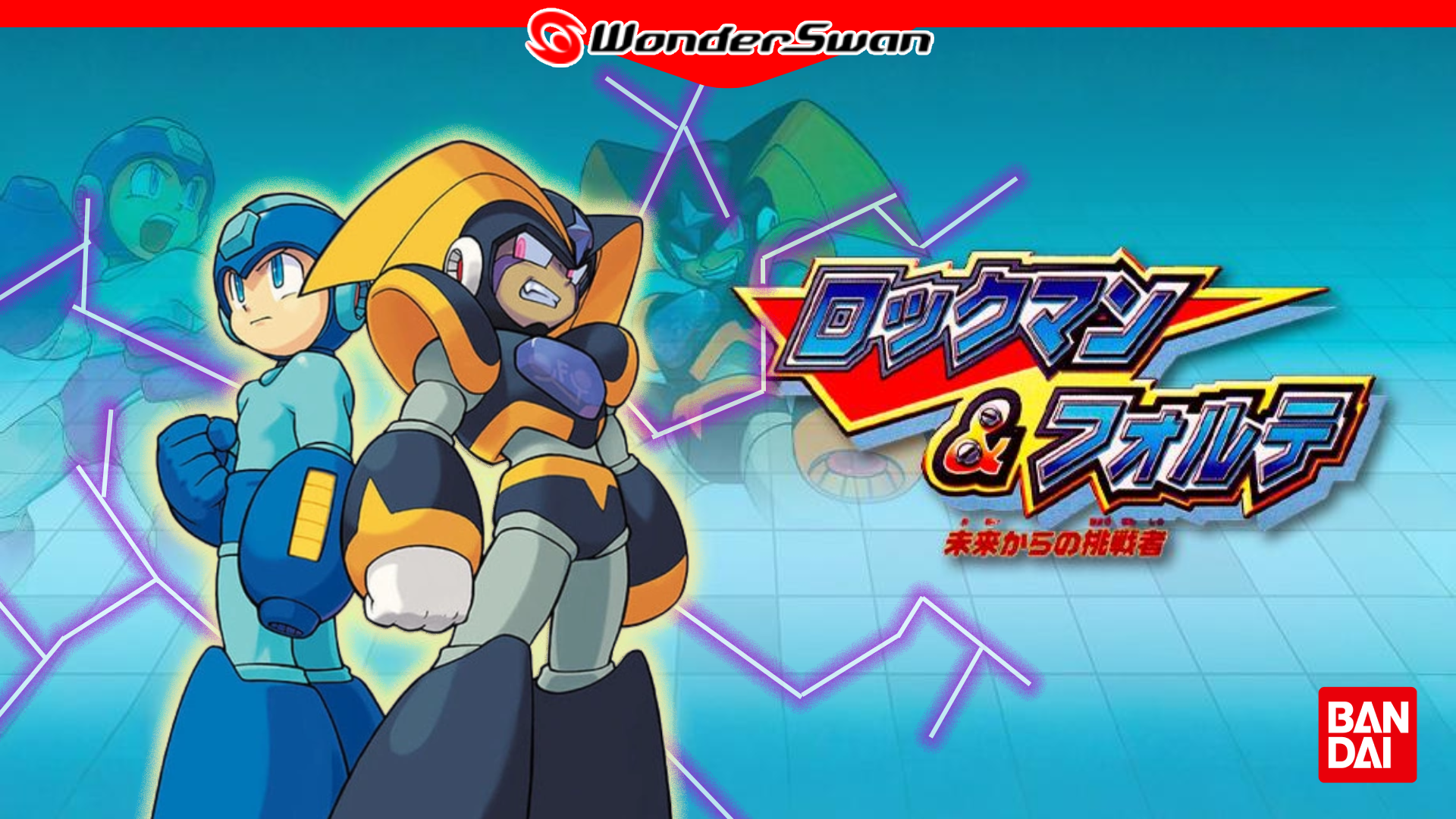
Commonly considered to be the worst in the classic Mega Man series, 1998's Mega Man & Bass, which had the ambitious goal of following up the PlayStation game Mega Man 8 on Nintendo's outdated SNES, was mostly notable for its unfair difficulty.
Not prime material to receive a sequel, one might think... And considering how thoroughly Capcom attempts to sweep Mega Man & Bass: Challenger from the Future under the rug, it seems they'd be inclined to agree.
Strange Origins
Handheld gaming in the 1990s was absolutely dominated by Nintendo's Game Boy and Game Boy Color systems, but that doesn't mean there were no attempts by rival companies to outdo the Tetris and Pokémon machine. In Japan, the top contenders were the Neo Geo Pocket Color (which received a neglected & forgotten sequel to a famous game on its own) along with the Bandai Wonderswan.
Before merging with Namco, Bandai left its mark on the gaming landscape with its Tamagochi line of single-game handhelds, but aimed to take further strides in the gaming industry by partnering with Game Boy designer Gunpei Yokoi to release its own Game Boy competitor in 1999, exclusively in Japan.
While the monochromatic handheld and its around 100 titles quickly fell into obscurity after the release of Nintendo's Game Boy Advance in early 2001, one of the most notable exclusive games of its lifetime was Rockman & Forte Mirai kara no Chōsensha (or, in English: Mega Man & Bass: Challenger from the Future), officially licensed by Capcom, developed by Layup and published by Bandai.
Old Competitor
The original Mega Man & Bass (Japanese title: Rockman & Forte), released exclusively in Japan in 1998 before later being ported to the Game Boy Advance in 2002, was the most recent entry at the time. It sought to break new ground by allowing players to choose between classic good guy Mega Man or his rival Bass – introduced in Mega Man 7 – to venture through various challenging stages.
Challenger from the Future follows up on that game's basic gameplay loop, offering players to complete its campaign with either Robot and their respective unique abilities, and keeping the item shop from Mega Man & Bass while amending it with new items, which – for example – allow the two protagonists to summon their animal companions Reggae and Tango.
But storywise, instead of dealing with robot master King from the previous game, Challenger from the Future strangely follows up the Game Boy version of Mega Man II, which featured an evil version of Mega Man from an alternate future named Quint. The main antagonist in this game is Mega Man Shadow, a failed prototype of Quint, who apparently ravaged the future and is now going back in time to find a worthy opponent.
Mega Man and/or Bass have to put an end to Mega Man Shadow's wrongdoing by completing slightly-less challenging brand-new stages (albeit reusing 8-bit renditions of Mega Man & Bass' soundtrack) and defeating the "Dimensions", his own gang of robot masters.
Not Up-to-Date
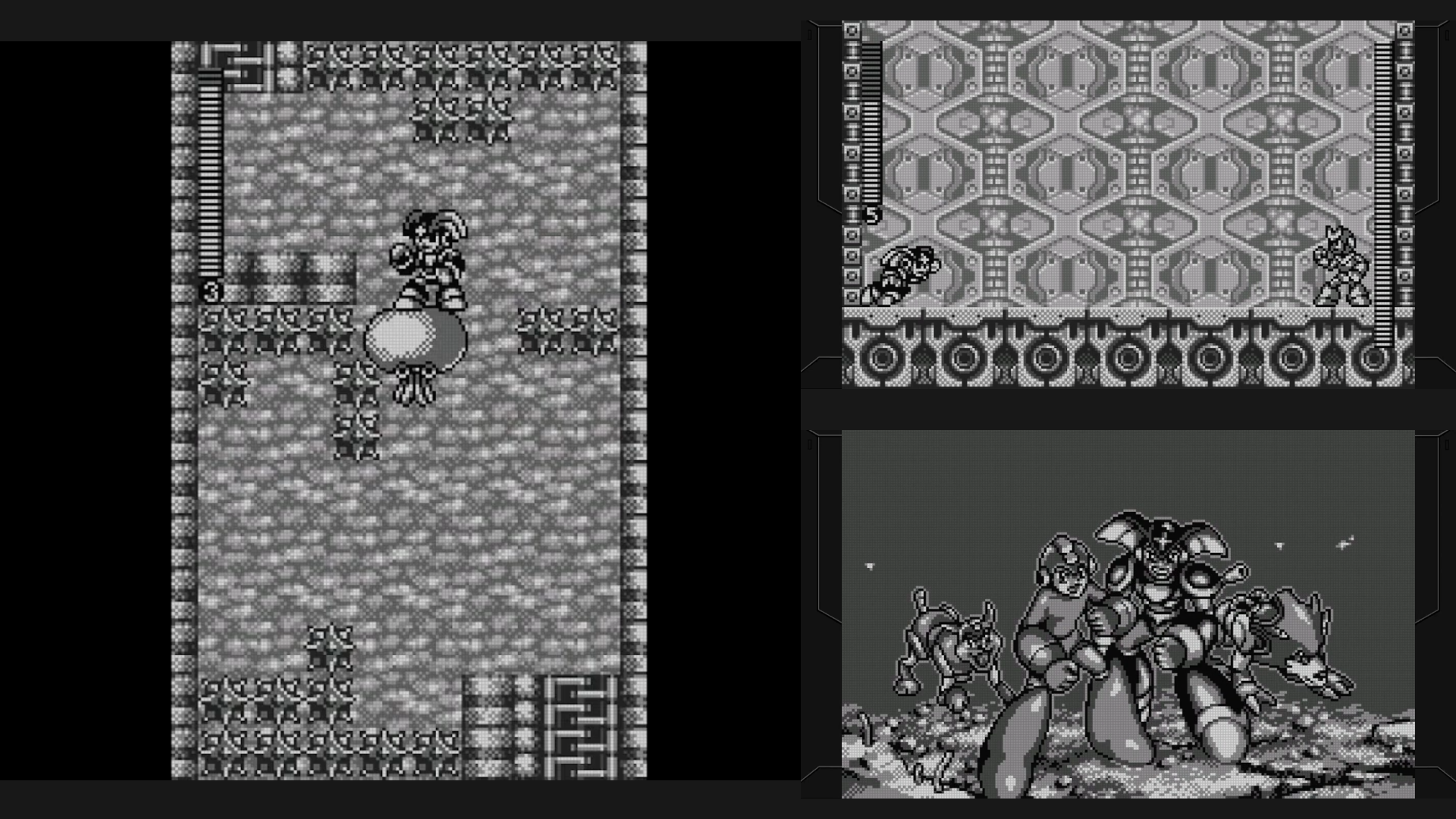
With rebalanced difficulty compared to its predecessor, a time-travel plot, novel stage ideas making use of the hardware in interesting ways and two cool playable characters, what could the game possibly do wrong?
Well, its main problem seems to be when and how it was released. Except for licensing, Capcom was barely involved with the game and the team Layup, who had never developed anything like Mega Man before, designed a game that sadly feels like a first attempt. Keeping in mind that Mega Man 8 released on the PlayStation three years prior, it's no wonder that the laggy, monochromatic 8-bit Wonderswan wasn't able to take the franchise to new heights. Challenger from the Future is nowadays considered to be the weakest entry in the classic Mega Man series.
Even adapting its interesting story into other media turned out to be impossible. The Mega Man Archie Comics run was cut short slightly before the release of this game, but even then; writer Ian Flynn stated that he was told not to use the material.
Uncertain Future
After Challenger from the Future in 1999, the classic Mega Man series went on hiatus for several years before the release of Mega Man 9 in 2008. After Capcom then arguably oversaturated the market with all kinds of Mega Man titles, the franchise now seems to be stuck in limbo, with its fans clinging to the occassional cameo or classic collection – none of which have ever contained the Wonderswan title – for support.
As for the game itself, it has never managed to earn cult status or be considered a "hidden gem", but thanks to modder USC, since 2016, there is a patch which allows the game to be played in English, allowing a much wider audience to finally experience its story.
If you don't want to risk enduring mediocre platforming action, a user named M. Shadow has been developing a free fangame adapting Layup's and Bandai's efforts to a new genre with Mega Man RGP: Challenger from the Future, the demo of which is already available.
